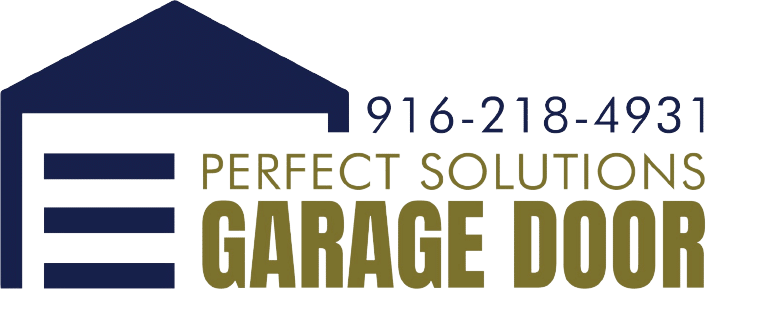In the intricate tapestry of contemporary home care, there’s a facet often overlooked until it transforms into a substantial predicament: garage door maintenance.
This essential component of daily life, responsible for protecting vehicles and serving as an extra home entry point, is frequently underestimated for its complexity and significance.
Similar to all mechanical systems, garage door repair demand periodic attention to guarantee continued top-notch performance.
Appropriate upkeep of these systems can thwart expensive repairs or replacements in the future and substantially elevate overall home functionality.
This article immerses into the realm of garage door maintenance with a comprehensive guide on pinpointing common issues and exploring DIY solutions.
It dissects every aspect of this vital subject from an informed standpoint, providing lucid instructions and thorough clarifications to empower homeowners in confidently caring for their garage door’s well-being.
Whether you’re a seasoned DIY enthusiast or just commencing your home enhancement journey, this piece proffers invaluable insights that cultivate comprehension and inspire proactive measures to ensure your garage’s most pivotal component – its door – is in the finest condition.
Identifying Common Problems
Common garage door repair issues, spanning from minor nuisances to substantial operational challenges, can frequently be detected through attentive observation and systematic issue resolution. The intricacy of these mechanisms warrants a comprehensive grasp of their elements and operations.
Typical problems may involve the door not fully opening or closing, peculiar sounds during operation, remote control malfunctions, or even irregular door movements. It’s worth noting that each issue can trace back to various root causes. For instance, a door that doesn’t fully open might result from a track obstruction or a limit switch problem.
Spotting these issues necessitates both patience and attention to detail. For instance, meticulously listening to the sounds produced by the garage door can provide valuable insights into its condition. A grinding noise could signal unlubricated tracks or worn-out bearings, while squeaking might imply spring tension difficulties.
Similarly, observing the door’s movement as it opens or closes can unveil potential misalignment or balance problems; uneven motion often indicates issues with rollers or tracks. Monitoring response times is also crucial; any noticeable delay between command input (via a wall switch or remote controller) and action might imply electrical problems.
Understanding these commonplace problems acts as the initial step in troubleshooting endeavors aimed at restoring optimal performance to any garage door system. While certain concerns, such as changing batteries in remote controllers, demand minimal technical expertise, others, like fixing broken springs, are best left to professionals due to associated safety risks.
Regardless of the chosen path – be it DIY solutions or professional assistance for repairs – the process always commences with accurate problem identification. It underscores its pivotal role in preserving functional residential spaces and ensuring user convenience within them.
Steps for DIY Repairs
Embracing a do-it-yourself approach to uphold the functionality of your carport entryway often results in a notable extension of its effectiveness. Foremost among these self-service tasks are routine inspections, which should be executed at least biannually.
During these assessments, individuals should diligently search for signs of wear or damage such as rusted or loosened components, frayed cables, misaligned tracks, and broken springs. The identification of any of these issues necessitates swift attention to prevent further degradation and potential malfunction.
The subsequent phase involves acquiring the requisite tools and materials for repairs. These may encompass replacement parts like springs or cables, lubricants for moving parts such as rollers and hinges, and cleaning agents to eliminate dirt and debris that could hinder operation.
With these tools and materials in hand, individuals can commence the repair process by first disconnecting the opener from the power supply for safety reasons before initiating any work. Following this safety protocol involves repairing or replacing damaged components as needed.
Addressing minor issues as part of regular maintenance efforts will not only ensure optimal performance but also dramatically prolong the lifespan of your garage door system. It’s essential to bear in mind that while some minor repairs can be independently managed with proper precautions, complex problems – especially those related to torsion springs – mandate professional attention due to the potential dangers associated with their high tension levels.
Therefore, maintaining a harmonious balance between DIY solutions when suitable and seeking professional expertise when necessary ensures seamless functioning while contributing to the creation of an environment where individuals feel secure about the reliability of their surroundings.
https://perfectsolutionsgaragedoor.com/emergency-garage-door-repair-swift-solutions-for-critical-scenarios/

